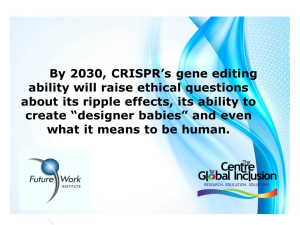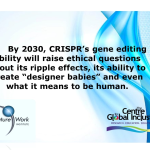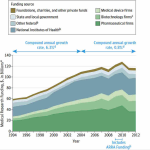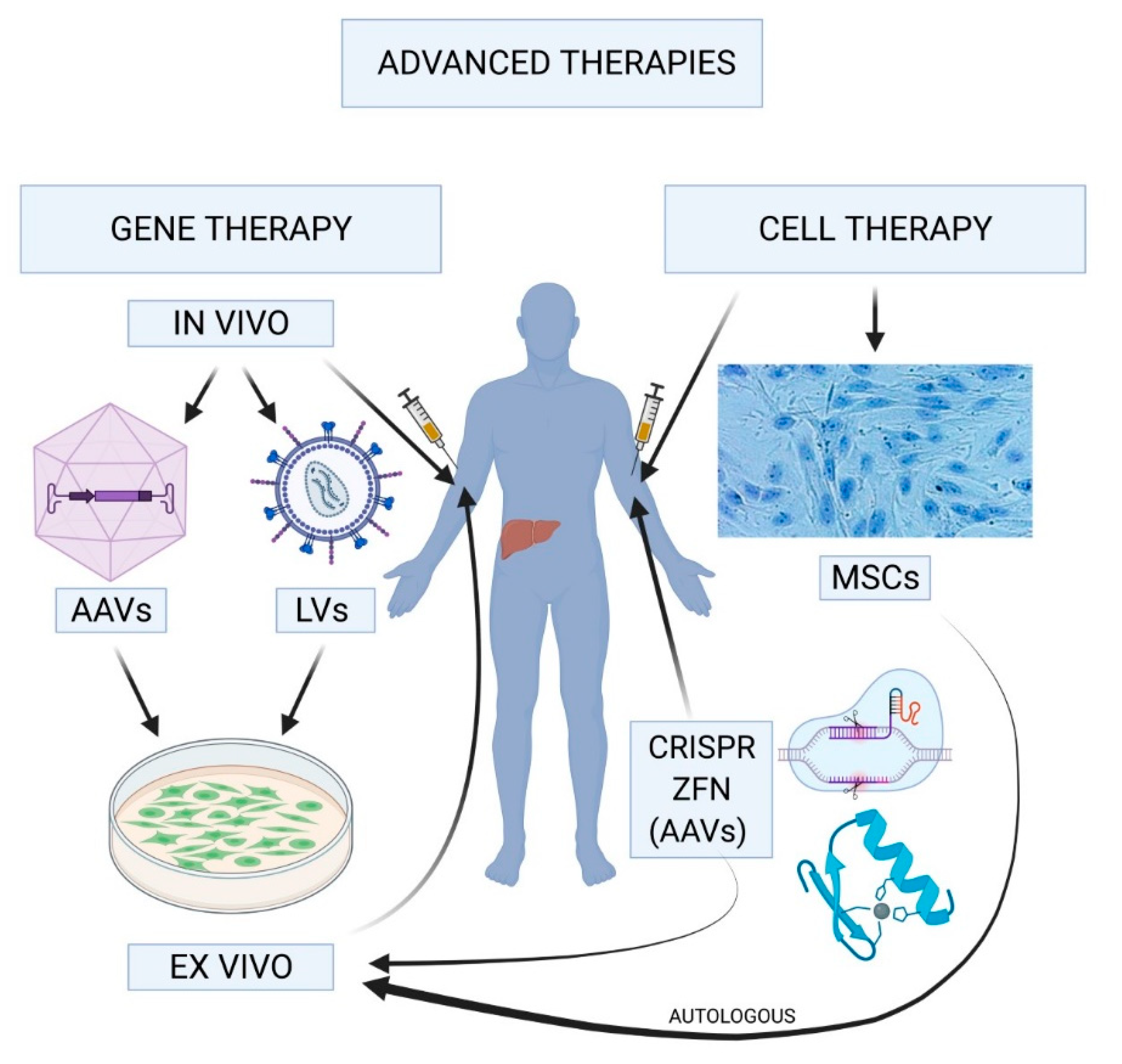Hemophilia gene therapy represents a groundbreaking advancement in the treatment of hemophilia, particularly hemophilia B. This innovative approach aims to provide long-term relief from the constant burden of daily injections and the anxiety of bleeding episodes associated with this genetic disorder. One such treatment, known as Hemgenix, has recently gained attention after receiving FDA approval and offering hope to patients who have long managed their condition with conventional methods. With the potential benefits of gene therapy for hemophilia, including the reduction of spontaneous bleeding and improved quality of life, many are optimistic about the future of hemophilia treatment. As more patients take the leap into this new frontier, the promise of transformative outcomes is drawing interest from the medical community and patients alike.
Gene therapy for hemophilia marks an exciting juncture in medical science, promising an alternative to traditional management strategies for this hereditary bleeding disorder. Patients like Terence Blue, who recently underwent treatment, highlight the potential of cutting-edge therapies, such as Hemgenix, to fundamentally change the experience of living with hemophilia. This new method focuses on rectifying the genetic causes of the disease, thus enabling the body to produce the necessary clotting factors naturally. The benefits associated with gene therapy extend beyond mere convenience; they encapsulate a broader transformation in quality of life for individuals affected by hemophilia. As advancements in this field continue to unfold, they could redefine standard care practices for managing hemophilia B and beyond.
Exploring Gene Therapy for Hemophilia
Gene therapy for hemophilia has emerged as a revolutionary approach aimed at addressing the root cause of this hereditary bleeding disorder. The therapy seeks to correct the defective gene responsible for hemophilia, thereby enabling patients to produce their own clotting factors. This innovative treatment modality is particularly significant for patients suffering from hemophilia B, where the deficiency of factor IX results in excessive bleeding and hematomas. With advancements like Hemgenix, which was recently approved by the FDA, patients may see a significant reduction in their dependence on regular injections of clotting factor, transforming their day-to-day lives.
The introduction of gene therapy, specifically tailored for hemophilia, stands at the forefront of modern medicine, offering not just temporary relief but the potential for a long-term solution to this chronic condition. For many, like Terence Blue, the prospect of trading needles for a single infusion speaks volumes about the potential benefits of gene therapy. In clinical trials, results have shown that patients treated with Hemgenix have significantly increased their factor IX levels, making spontaneous bleeding incidents far less frequent, allowing for a more normal, healthy lifestyle.
The Benefits of Hemophilia Treatment Advances
The shift towards gene therapy represents a paradigm change in hemophilia treatment that extends beyond just eliminating the need for needles. The benefits of this treatment are manifold, particularly when it comes to improving quality of life for patients. Not only does gene therapy reduce the frequency of bleeding episodes, but it also addresses the emotional and psychological toll associated with living with a chronic condition. With therapies like Hemgenix, patients no longer need to factor in the constant worry and scheduling of regular factor IX injections into their daily lives.
The hope that accompanies these advances is palpable in the hemophilia community. As highlighted in cases such as Terence Blue’s, the ability to engage in regular activities without fear of prolonged bleeding events has profound implications for social interactions and overall well-being. The reduced need for ongoing treatment means less impact on personal activities, including work and leisure. For many, this means a renewed sense of freedom and control, making gene therapy for hemophilia a groundbreaking step forward in medical science.
The Role of Hemgenix in Modern Treatment
Hemgenix has garnered significant attention as a breakthrough gene therapy for hemophilia B, representing a critical step forward in the treatment landscape. By targeting the genetic root cause of the condition, Hemgenix offers a single-dose solution that can potentially provide lasting therapeutic benefits. This shift is momentous, as it stands to alleviate the burden of frequent factor IX prophylactic treatments that have historically defined hemophilia management. As patients like Terence Blue embark on their journeys with Hemgenix, the outcomes showcase the promising efficacy of gene therapies in bolstering patients’ health.
The successful application of Hemgenix not only illustrates the scientific and clinical potential of gene therapy but also emphasizes the importance of continued research and development in this area. The fact that nearly all treated patients in clinical trials experienced lasting improvements in their condition underscores the therapy’s promise. As a new vein of hope for those burdened by hemophilia, Hemgenix is paving the way for similar innovations that could unfold in the field of gene therapy, thus altering the treatment narrative for numerous patients around the globe.
Market Dynamics of Gene Therapies
The introduction of gene therapies like Hemgenix has significant implications for the healthcare market, often causing a stir among stakeholders. With treatments that can cost millions, such as Hemgenix, the financial aspect cannot be overlooked. Pharmaceutical companies, healthcare providers, and insurers must navigate complex pricing models that reflect the high cost of research and development which can impact accessibility for patients. Consequently, careful consideration is needed to strike a balance between expanding therapeutic options and ensuring affordability for patients who need them.
Moreover, the challenges associated with market adoption of gene therapies encompass not just pricing but also the acceptance of novel treatment modalities. Educating patients and healthcare providers about the efficacy and potential of gene therapy is essential for driving patient uptake. Recent trends suggest that while excitement surrounds newly approved therapies, market realities, such as those experienced by Pfizer in withdrawing their hemophilia treatment, reveal the complexities involved in patient acceptance and long-term viability of new options.
Living with Hemophilia: A Patient’s Perspective
For individuals navigating life with hemophilia, the emotional aspects of diagnosis, ongoing treatment, and the care routines are often as challenging as the physical symptoms. Terence Blue’s account reflects many patients’ perspectives: a mixed experience of anticipation for advancements in treatment alongside the everyday concerns over injuries and bleeds. The emotional weight of the disorder can lead to feelings of solitude and frustration, heightened by the limitations of traditional treatment methods. Awareness campaigns emphasizing patient stories are increasingly vital in fostering understanding and empathy around the lived experience of hemophilia.
In the context of emerging treatments like gene therapy, patient narratives can shift from stories of hardship to narratives of empowerment. The potential benefits of treatments such as Hemgenix resonate deeply, allowing patients to envision a life where daily injections are no longer the norm. As more success stories emerge, they provide hope not just for individuals but for the community as a whole, fostering a sense of solidarity and hope in overcoming the shared challenges of living with hemophilia.
Future Directions in Hemophilia Gene Therapy
As researchers continue to explore the realm of gene therapy in hemophilia, the increasingly favorable outcomes observed with therapies like Hemgenix signal a bright future. The constant evolution of gene-editing technologies holds promise for even greater advancements, aiming to address not just hemophilia B but potentially other bleeding disorders as well. By enhancing understanding of how various genetic anomalies cause these conditions, scientists hope to expand the umbrella of gene therapy applications, leading to more effective treatments and potentially, cures.
Moreover, regulatory bodies are becoming more attuned to the developments in gene therapy, resulting in streamlined approval processes that could hasten access to innovative treatments. As the body of evidence supporting the efficacy of gene therapies like Hemgenix grows, the inertia of clinical practice is expected to shift, creating a more welcoming environment for these emergent therapies. This trajectory not only promises to reshape clinical guidelines for hemophilia treatment, but also encourages continued investment in the study of gene therapy as a solution for various genetic disorders.
Hope for a Cure: The Journey Ahead
Despite the monumental strides made by therapies like Hemgenix, the notion of a ‘cure’ remains a profound promise yet to be fully realized. However, the anticipation surrounding gene therapy fuels ongoing research endeavors aimed at comprehensively addressing the various challenges faced by hemophilia patients. As ongoing studies continue to gather data and testimonies from patients who have benefited from gene therapies, the potential for near-complete resolution of the bleeding disorder becomes an increasingly visible goal on the horizon.
The collective commitment of scientists, healthcare providers, and advocates plays a vital role in sustaining momentum within this field. By fostering collaborations that bolster research into hemophilia gene therapy, the dreams articulated by patients can transition from hopeful ambitions to practical realities. The journey towards not only managing but potentially curing hemophilia epitomizes the essence of scientific advocacy and perseverance, reminding us all of the human spirit’s capacity to find solutions in the face of adversity.
Understanding Hemophilia’s Genetic Landscape
The genetic underpinnings of hemophilia have profound implications on the approaches taken for treatment, particularly regarding gene therapy. Hemophilia A and B are both linked to mutations on the X chromosome, but while hemophilia B is characterized by the lack of factor IX, hemophilia A pertains to a deficiency in factor VIII. Understanding this genetic landscape not only aids in tailoring specific treatments but also enhances awareness of patient demographics and the risks associated with inheriting these genetic mutations. Insights gleaned from genetic research contribute to developing targeted therapies that could lead to more effective interventions.
The drive to harness genetic insights into hemophilia opens opportunities for future innovations in treatment strategies. With advancements in genetic editing techniques and electromagnetic technologies, researchers can now explore numerous avenues for correcting or even replacing faulty genes. The precision of such interventions is a hallmark of contemporary medicine, promising not only to alleviate symptoms but fundamentally address the cause of hemophilia at the molecular level. This proactive approach aligns well with the ethos of modern healthcare striving for preventive and curative solutions rather than merely palliative care.
Patient Education and Community Support
For patients living with hemophilia, understanding their condition and the available treatment options is vital for managing their health effectively. Education initiatives aimed at demystifying gene therapy and its benefits, such as those provided by healthcare professionals, can significantly enhance patient engagement. As more hemophilia patients are informed about the potential of treatments like Hemgenix, the overall attitude towards accepting newer therapies can shift positively. Infusing knowledge and fostering dialogue among patients, healthcare providers, and researchers creates a supportive community that can uplift those impacted by hemophilia.
Community support plays a crucial role in navigating the emotional and practical challenges posed by hemophilia. Organizations dedicated to hemophilia awareness, education, and advocacy can act as lifelines for patients seeking connection and understanding. By sharing experiences and success stories, these platforms reinforce the message that advancements in treatment are not just theoretical but tangible benefits people can attain. Patient empathy and collective strength derived from community support can inspire hope and foster resilience among members, ultimately driving ongoing interest and support for new treatment innovations.
Frequently Asked Questions
What is hemophilia gene therapy and how does it work?
Hemophilia gene therapy, specifically for conditions like hemophilia B, aims to cure the disorder by introducing a corrected copy of the gene responsible for producing clotting factor IX. This therapy typically uses modified viruses to deliver the new gene into liver cells, enabling the body to produce the missing clotting factor, which helps prevent excessive bleeding.
What are the benefits of gene therapy for hemophilia?
The benefits of gene therapy for hemophilia include potentially eliminating the need for regular factor injections, reducing spontaneous bleeding episodes, and improving overall quality of life. Therapies like Hemgenix have shown promise in increasing factor IX levels, allowing patients to live more freely without constant medical interventions.
How does Hemgenix work as a gene therapy for hemophilia B?
Hemgenix works by delivering a functional copy of the gene that produces clotting factor IX directly to the liver cells. Once successfully integrated into the patient’s DNA, these cells can continuously produce factor IX, addressing the core issue of hemophilia B at its genetic root.
Is Hemgenix a permanent solution for hemophilia treatment?
While Hemgenix can significantly reduce or eliminate the need for factor IX prophylaxis, it is important to note that gene therapies are not universally considered cures. Patients can experience long-lasting effects, with clinical trials showing many maintain normal factor IX levels for years after treatment.
Are there any risks associated with hemophilia gene therapy?
Yes, as with any medical treatment, there are potential risks associated with hemophilia gene therapy, including liver enzyme elevation and adverse reactions to the delivery virus. Patients undergo careful monitoring following treatment to manage any side effects that may arise.
Who can benefit from hemophilia gene therapy like Hemgenix?
Hemophilia gene therapy is primarily designed for individuals with hemophilia B, particularly those who experience severe symptoms and frequent bleeding episodes. It is best suited for patients who have a documented history of difficulty in managing their condition with conventional treatments.
What are the costs involved in hemophilia gene therapy?
The cost of hemophilia gene therapy can be substantial, with prices like those for Hemgenix exceeding $3 million. However, insurance companies often negotiate lower prices, and the potential long-term savings on ongoing treatment may offset initial expenses for some patients.
Can gene therapy for hemophilia prevent future bleeding episodes?
Gene therapy for hemophilia, such as Hemgenix, can significantly reduce the frequency of bleeding episodes by increasing the production of clotting factor IX. While it may not completely eliminate all bleeding, many patients report a marked improvement and fewer spontaneous bleeding events post-treatment.
What is the future of hemophilia treatment with gene therapy?
The future of hemophilia treatment is promising, with ongoing advancements in gene therapy technologies expanding treatment options. Researchers continue to explore new methods to enhance the safety and efficacy of these therapies as they strive for broader acceptance among patients and healthcare providers.
How has hemophilia treatment evolved with advances in gene therapy?
Hemophilia treatment has evolved significantly with advances in gene therapies like Hemgenix, which represent a shift from regular factor infusions to potential one-time treatments addressing the root genetic cause of the disorder. This evolution offers hope for improved long-term outcomes and a better quality of life for individuals with hemophilia.
| Key Points | Description |
|---|---|
| Introduction of Hemgenix | Terence Blue became the first patient in New England to receive the new gene therapy Hemgenix for hemophilia B. |
| History of Terence Blue | Diagnosed with hemophilia at months old, Blue had frequent treatments and learned to self-administer his medication. |
| Medical Advancements | Developments in hemophilia treatment have reduced risks and improved life expectancy for patients. |
| Gene Therapy Overview | Hemgenix provides a long-lasting solution with the potential to eliminate the need for regular clotting factor infusions. |
| Challenges with Gene Therapy | Despite advancements, high costs and limited patient enthusiasm can hinder market growth and adoption. |
| Personal Impact on Blue | Blue expresses relief from managing hemophilia and a wish for a life with fewer medical interventions. |
| Clinical Findings | Initial results show significant improvements in factor IX levels post-treatment, and many patients remain free from prophylaxis. |
Summary
Hemophilia gene therapy represents a groundbreaking advancement in the treatment of hemophilia B, providing hope for patients like Terence Blue who seek relief from the lifelong burden of regular injections. The innovative therapy, Hemgenix, has shown promising results in clinical trials, including increased production of clotting factor, which is crucial for preventing spontaneous bleeding. As research continues and more therapies emerge, the hope is to transform hemophilia management into a much simpler and more effective solution, potentially changing the lives of countless individuals living with this condition.
















